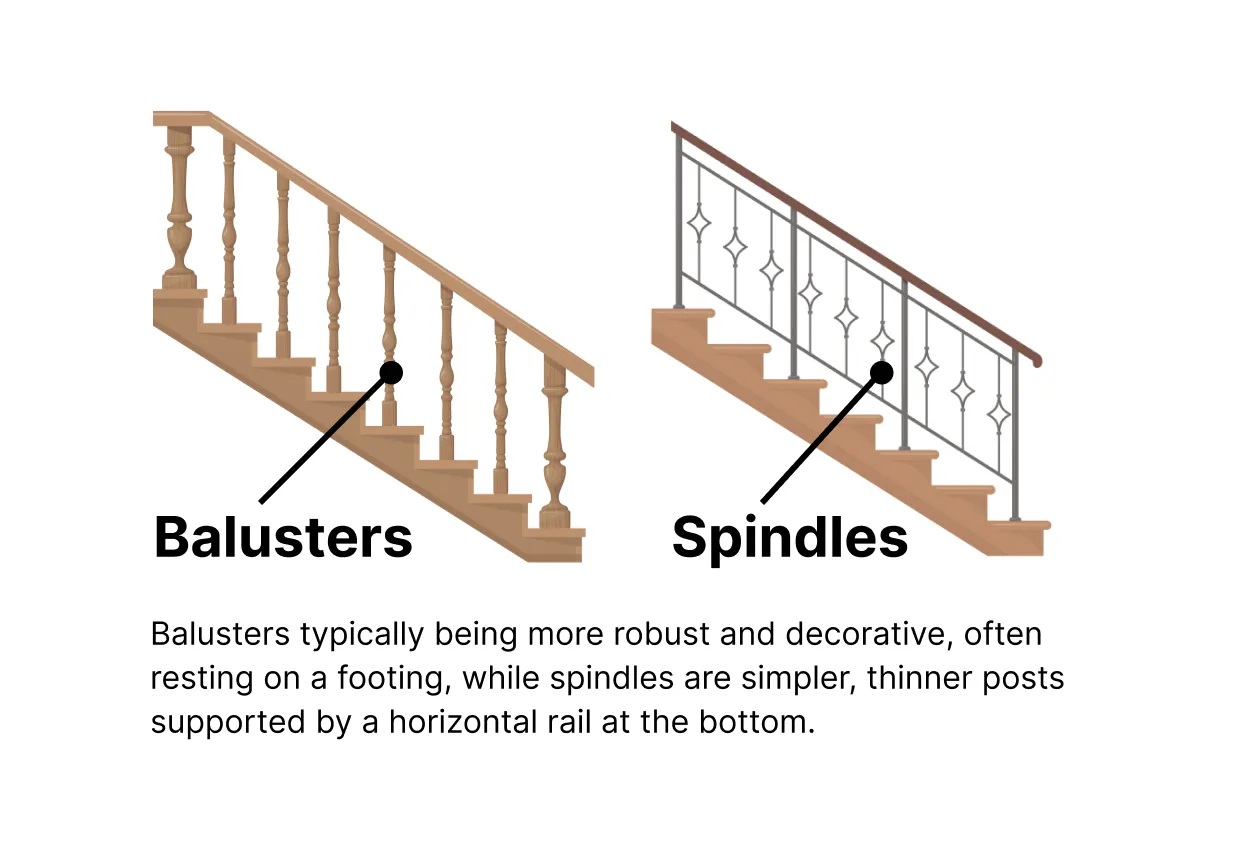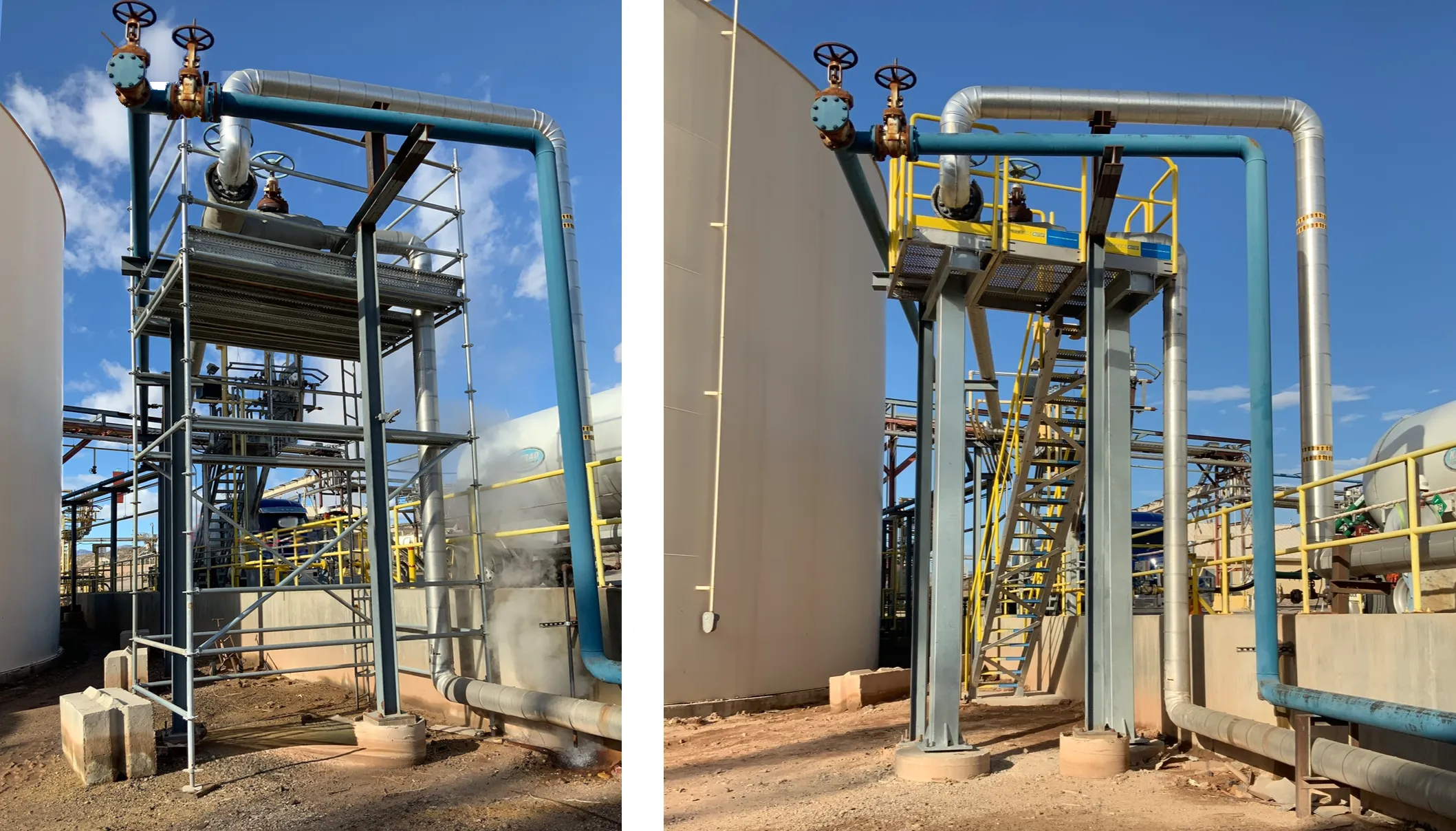A baluster is a vertical shaft that supports the handrail of a staircase. Commonly found in both residential and commercial settings, balusters provide safety and stability. They can be made from various materials, including wood, metal, or glass. Balusters are key components, serving both functional and aesthetic purposes.
Balusters are a vertical shaft that supports the handrail of a staircase, providing safety and stability.
Balusters typically being more robust and decorative, often resting on a footing, while spindles are simpler, thinner posts supported by a horizontal rail at the bottom.
Applications
- Residential: Used in home staircases, decks, and balconies for security and reinforcement.
- Commercial: Offices, hotels, and other public premises use this to help protect workers and guests.
- Public Infrastructure: Common in schools, hospitals, and other public buildings to increase safety and architectural appeal.
Materials
- Wood: Traditional and often used for its classic appearance and versatility in design.
- Metal: Durable and available in various styles, often used for modern or industrial designs.
- Glass: Provides a contemporary look and allows for unobstructed views, often used in high-end designs.
OSHA Compliance for Balusters
Although OSHA may not outline specific guidelines for balusters, using them enhances the overall safety of stairways and railings. Key points of OSHA compliance related to stairway safety include:
- Spacing: Balusters should be spaced closely enough to prevent falls.
- Height: Handrails supported by balusters must meet height requirements to ensure safety.
- Durability: Balusters must be sturdy and able to support the handrail securely.




